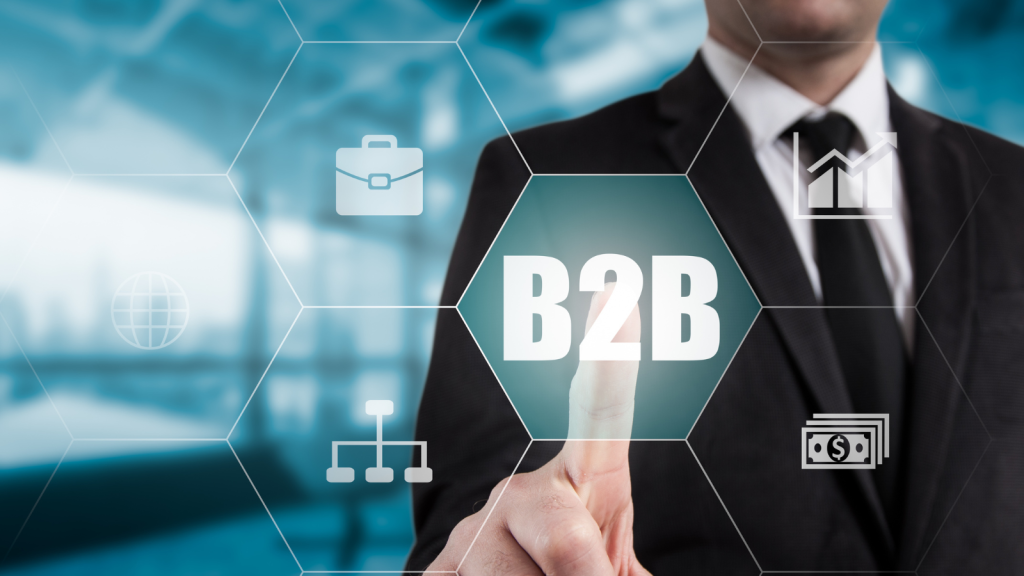Email marketing is often overlooked in the B2B world. While businesses rush toward social media, paid ads, and SEO, they forget that email marketing remains one of the most powerful tools to build and nurture relationships. But here’s the catch: B2B email marketing is different from B2C. It’s not about flashy promotions or impulsive buys—it’s about value, trust, and long-term engagement.
In this article, we’ll explore email marketing strategies tailored for B2B businesses, unraveling untold tips and tricks that go beyond the usual playbook. And to make it engaging, we’ll use an imaginary story of Mark, a B2B marketing manager, navigating the world of email marketing to grow his company’s client base.
Meet Mark: The B2B Marketer in Search of Email Mastery
Mark is a marketing manager at a mid-sized software company that sells enterprise solutions. His goal? To attract more qualified leads and turn them into paying clients. He knows email marketing is powerful, but his campaigns feel dry, robotic, and ineffective. Determined to crack the code, he embarks on a journey to master B2B email marketing.
1. Hyper-Personalization Beyond First Names
Mark’s first realization: addressing someone by their first name isn’t enough anymore. He starts leveraging NLP (Natural Language Processing) tools to analyze customer behavior and craft emails that resonate on a deeper level.
For example, instead of:
“Hi John, we have a new whitepaper on AI for business. Download now!”
Mark tries:
“Hi John, we noticed you’ve been exploring AI-driven automation tools. We just released a whitepaper that deep-dives into how businesses like yours use AI to increase efficiency. Would you like a copy?”
The second email feels more relevant, increasing open rates and engagement. NLP-driven insights help Mark tailor messages based on real-time customer behavior, making his emails stand out.
2. The Secret Weapon: Behavioral Trigger Emails
Mark learns that timing is everything in B2B email marketing. Instead of blasting emails on a fixed schedule, he sets up behavioral triggers.
For example:
- After downloading a whitepaper: The lead receives a follow-up email with a related case study.
- After attending a webinar: They get an email with key takeaways and an exclusive consultation offer.
- After visiting pricing pages multiple times: They receive an email offering a 15-minute strategy call.
By automating responses based on behavior, Mark keeps prospects engaged without overwhelming them.
3. The Magic of Storytelling in Emails
B2B emails often feel cold and formal. Mark changes his approach by incorporating storytelling. Instead of just listing product features, he tells success stories.
Rather than saying:
“Our tool improves project management efficiency by 35%.”
He writes:
“Meet Sarah, a project manager who struggled with tight deadlines. After using our tool, her team completed projects 35% faster, reducing stress and boosting productivity. Here’s how you can achieve the same.”
People remember stories more than statistics. This strategy makes emails more engaging and persuasive.
4. Subject Lines That Spark Curiosity
Mark realizes that no matter how great his email content is, it’s useless if people don’t open it. He experiments with subject lines using psychological triggers:
- Curiosity: “John, a quick question about your automation strategy”
- FOMO (Fear of Missing Out): “Only 3 spots left for our exclusive AI webinar!”
- Personalization: “John, here’s how your competitors are using AI”
By A/B testing different subject lines, he finds what works best for his audience.
5. NLP-Powered Content Optimization
Mark integrates NLP tools to analyze his past emails and identify patterns that resonate with his audience. He notices:
- Emails with question-based subject lines perform better.
- Conversational tone gets more responses.
- Including a P.S. at the end improves click-through rates.
He uses AI-based content optimization tools to refine his emails, ensuring they sound more human and engaging.
6. The Follow-Up That Seals the Deal
Many B2B marketers send one email and forget about it. Mark learns the power of follow-ups. He crafts a sequence:
- First Email: Provides value (a resource, insight, or solution).
- Follow-Up 1: Checks in (“Did you find the guide helpful?”).
- Follow-Up 2: Addresses objections (“Many clients worry about XYZ. Here’s how we handle it.”).
- Final Nudge: Creates urgency (“Limited availability for free consultations this month.”).
Persistence pays off. By following up strategically, Mark sees a 20% increase in conversions.
7. The Hidden Gem: Plain Text Emails
While many companies send highly designed emails, Mark notices that simple, plain-text emails often get better responses. Why? They feel more personal and less like a sales pitch.
Instead of sending an overly designed email with multiple CTAs, Mark starts sending casual, human-like emails:
“Hey John, I came across this resource and thought of you. Let me know if you’d like to chat!”
This small shift makes his emails feel more like a one-on-one conversation rather than a mass marketing blast.
Final Thoughts: Mark’s B2B Email Marketing Breakthrough
After implementing these strategies, Mark sees a significant improvement:
- Higher open and click-through rates.
- More engaged leads.
- A noticeable boost in conversions.
B2B email marketing isn’t about pushing products—it’s about building relationships, solving problems, and providing real value. By leveraging NLP, behavioral triggers, storytelling, and personalization, you can transform your email campaigns and drive massive results.
So, are you ready to revamp your B2B email marketing strategy? Start implementing these untold tips today and watch your business thrive!

